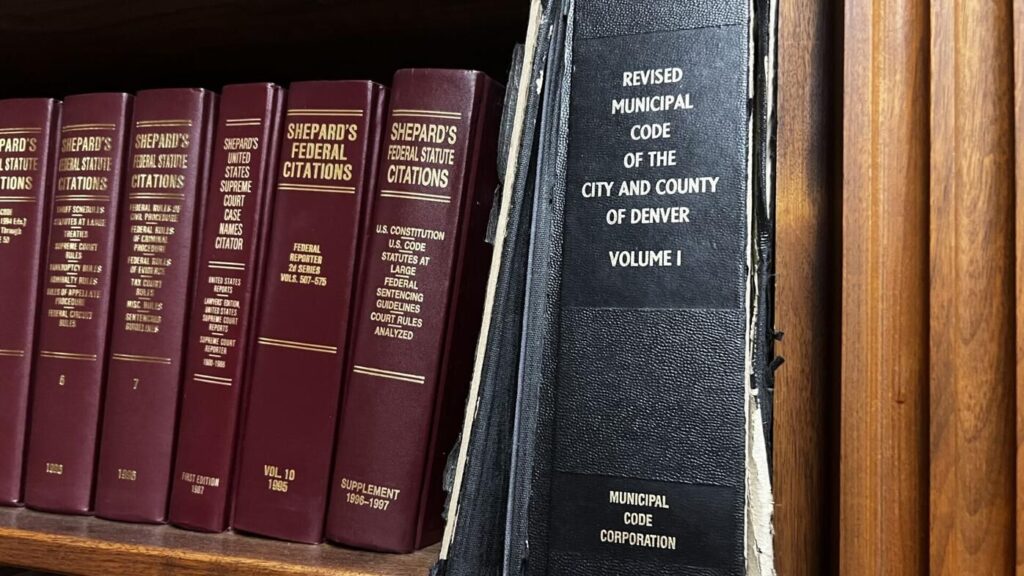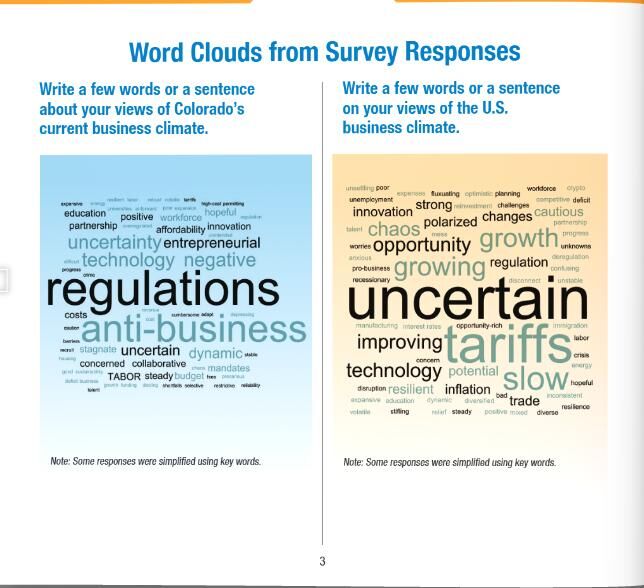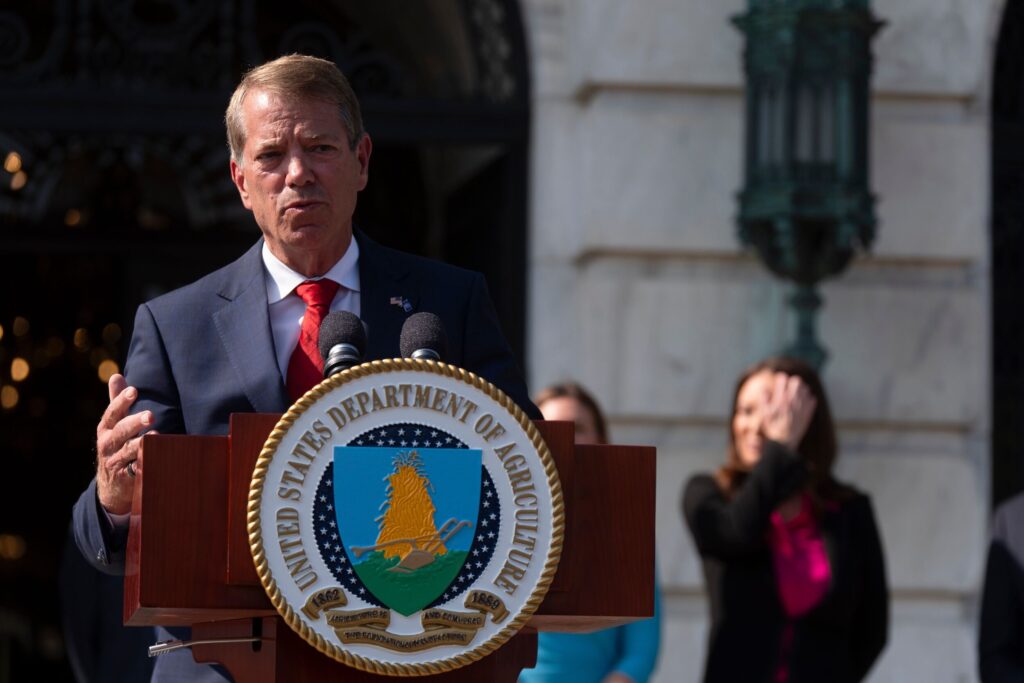Report: Denver homelessness grew despite $155 million spending
Denver Mayor Mike Johnston called his administration’s response to homelessness a resounding success after the data from the latest point in time count was released Wednesday.
But after spending nearly $155 million — $65 million more than anticipated — the overall number of homeless people in the city actually grew from 5,818 in 2023 to 6,539 this year.
And the city saw only 150 fewer “unsheltered” homeless people when compared to last year’s count.
The annual point in time count provides a snapshot of homelessness in a major city in a single night, offering a glimpse into the problem.
In a news release, the Johnston administration avoided citing the overall picture of homelessness still growing in the city despite the significant resources allocated to it. Instead, he pointed to the 83% reduction in “unsheltered” family homelessness and the 23% decrease in tent and vehicle-based homelessness.
The data show that the overall number of people who were “unsheltered” on Denver’s streets went down marginally.
Last year, there were 1,423 people living unsheltered on Denver streets. This year, that number stood at 1,273, a reduction of only 150 people or 11%.
The annual count, conducted by the Metro Denver Homeless Initiative, occurred from sundown Jan. 22 to sundown Jan. 23.
District 10 Councilmember Chris Hinds questioned the effectiveness of Denver’s strategy, based on the newest count numbers.
“I’m working with the administration to reconcile the mayor’s administration’s success in getting 1,600 people off the streets and into shelter since the Mayor was inaugurated with the reduction in the point in time count of 200,” he said in an email to The Denver Gazette. “Where did the other 1,400 people go? Or did we get 1,200 more people living on our streets that weren’t in Denver a year ago?”
Johnston’s efforts, according to city provided data, have moved 1,673 people off the streets and into shelters. Of that amount, 188 ended up “unsheltered” on Denver’s streets again.
That meant more people ended up in the streets than the reduction in “unsheltered” homelessness from the point in time count.
Additionally, 12 have died, 34 are in jail and the city does not know the status of 53 others, according to the city’s dashboard.
Notably, the point in time count excluded immigrants who crossed America’s southern border illegally and traveled to Denver. Almost 43,000 people have since arrived in the past two years and roughly half remained, with only 12 currently in short term shelter. The authors of the count noted that immigrant “population that stayed at the temporary migrant-only shelters are not included in the the Metro Denver PIT report.”
Johnston insisted his strategy is working.
“We have always believed that homelessness is a solvable problem, and now we have the data to prove it,” Johnston said. “In just six months, we were able to achieve transformational reduction in unsheltered homelessness while building an infrastructure that will allow us to attack this issue for years to come.”
This is a developing story and will be updated.











